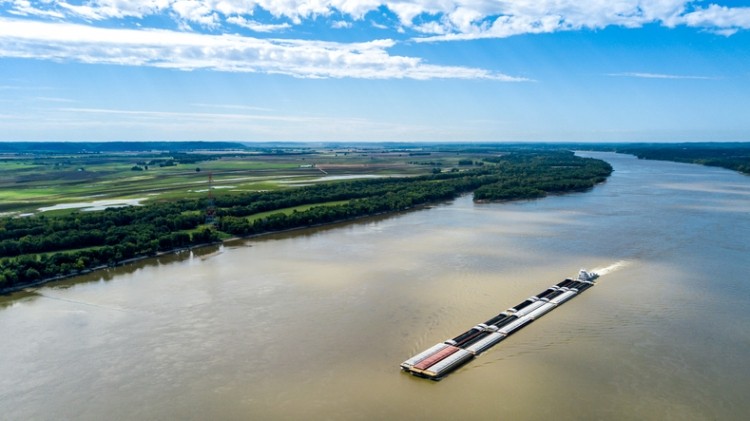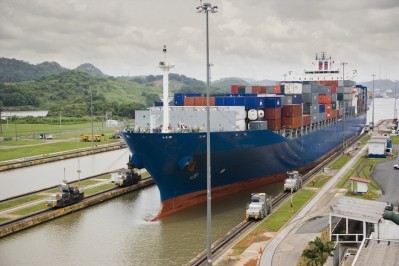ADM: Transport bottlenecks will hit US soy exports

And corn exports could be delayed until early 2023.
The chief executive called it an “unprecedented situation” during the company’s third-quarter earnings call on Tuesday.
ADM will ship more grain from terminals in South America to offset any potential losses from the US shipping bottlenecks.
Luciano also noted some adverse weather and some logistical constraints in Q3 in Europe in terms of navigation, in relation to river levels there.
Shipping held up on Mississippi River
Drought has sent water levels plunging to near record lows on the Mississippi River. Ships and barges are running aground, and navigation is slowed up and down the busy shipping corridor.
According to a piece on the American Farm Bureau Federation's website, the authors, citing data from the USDA, noted that barges consistently moved around 13% of all US bulk grain and 47% of all grain destined for export markets between 2015 and 2019.
“Barge transportation has moved an average of 70 million tons of grains destined for export (47% of total), rail has moved an average of 55 million tons (37% of total) and truck about 24 million tons (16% of total).”
US Department of Agriculture (USDA) data also shows that 95% of corn, 94% of soybeans and 45% of wheat moved by barge traveled through the Mississippi River system to Louisiana, again between 2015 and 2019. “This corresponds to an average annual volume of 32 million tons of corn, 33 million tons of soybeans and 9 million tons of wheat traveling to Louisiana.”
The only other destination states with a significant portion of barge grain movements are Oregon and Washington, which receive between 15% and 40%, respectively, of wheat deliveries via inland waterway, such as the Columbia River, noted the Farm Bureau.
“The vast network of locks and dams, prevalence of grain elevators and vessel service facilities, and the simple geography of the Mississippi/Missouri river system running through production-heavy heartland states make utilizing alternative waterways unrealistic.”








